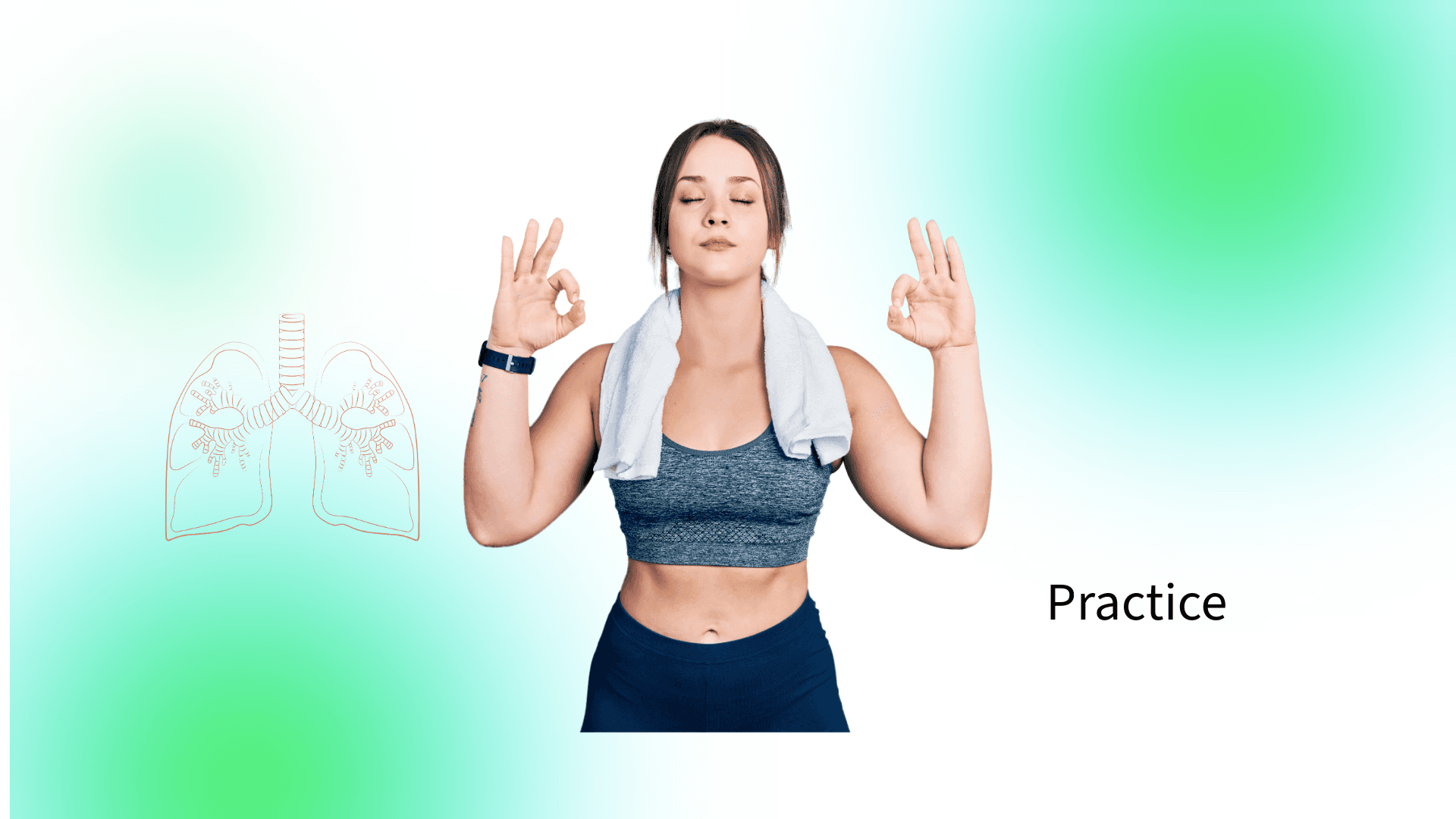Good Breathing Practice



Muscles strength is important as we age. Muscles weaken when they go unused and may be very hard to recover if lost; this is especially true of our lungs. This is why regular breathing exercises are so important. They help to strengthen the diaphragm and improve lung function.
Our lungs do not have the ability to expand and contract on their own. But instead, they change shape in response to the shape of their container. The major respiratory muscle is the diaphragm, during normal inspiration, contracts and flattens, pushing on the abdomen, while the lower ribs are pushed upwards and outwards. This increases the volume of the lungs and allows air to enter. Exhalation is generally passive, with the diaphragm returning to its resting position, causing the lungs to deflate and expel air.
In addition to the motion of the diaphragm, muscles then lift up on the rib cage, including some neck muscles, which attach to the collar bones and upper ribs. Also sets of muscles between every two ribs (intercostals) lifts up and out – as you inhale, each rib moves a few degrees up and out which increases the volume of your chest cavity.
These muscles, except the diaphragm, are accessory muscles of respiration and under normal circumstances the diaphragm is the prime mover of respiration. When you need more oxygen and you need it faster, those ancillary muscles become very important and the stronger your muscles and the wider the range of motion, the more effectively and efficiently you will be able to draw air into your lungs.
A normal inhalation, also known as tidal volume, is typically around 0.5 liters (500 milliliters). This is the amount of air you breathe in or out during a regular, relaxed breath. The lung capacity is about 5 to 6 liters on average, allowing for the gradual exchange of gases with each breath. On average, under non-exertion conditions, the human respiratory rate is 12–15 breaths/minute, and between 15-20 with those who suffer fear and anxiety.
Perfect Breathing "is the powerful marriage of breath awareness and conscious breathing." Our physical and mental well-being is directly founded upon deep, relaxed, controlled breathing. A deep breath can shift our focus to the present, which is really the only moment that we have.
With muscle strength in focus, muscle relaxation is equally important. We use the breath exhalations for letting go of tensions; longer exhalations produces a deeper relaxation response stimulating the vagus nerve. Here's how to achieve it:
For beginners, a 6 second breath would look like this: inhale for two seconds; hold for one second; exhale for two seconds; hold for one second, repeat.
4-7-8 breathing
The 4-7-8 breathing technique is highly effective. Inhale through your nose for four counts. Hold your breath for seven counts. Exhale through your mouth for eight counts. This method dramatically reduces anxiety and improves sleep.
Box breathing
Box breathing is another wonderfully useful technique. Inhale through your nose for four counts. Hold your breath for four counts. Exhale through your mouth for four counts. Hold your breath again for four counts. Repeat this calming cycle. Box breathing is simple yet incredibly effective. It is often used by military personnel and athletes. This method helps reducing anxiety by stabilizing your heart rate, and focus on the present moment.
There may be countless ways of counting and exercising breath. Some experts can hold breath longer than 20 minutes. A few options to boost your lung muscle strength:
Breathing exercises: Deep breathing and diaphragmatic breathing, pursed lip breathing or restricted breathing using Respiratory Muscle Training (RMT) Devices.
Cardio workouts: Running, cycling, swimming—all great for lung power.
Yoga and Pilates: They emphasize controlled breathing and improve your overall respiratory function.
Singing or playing a wind instrument: Fun ways to strengthen those lung muscles.
Click Here to read more on our Documentation of Breath Awareness